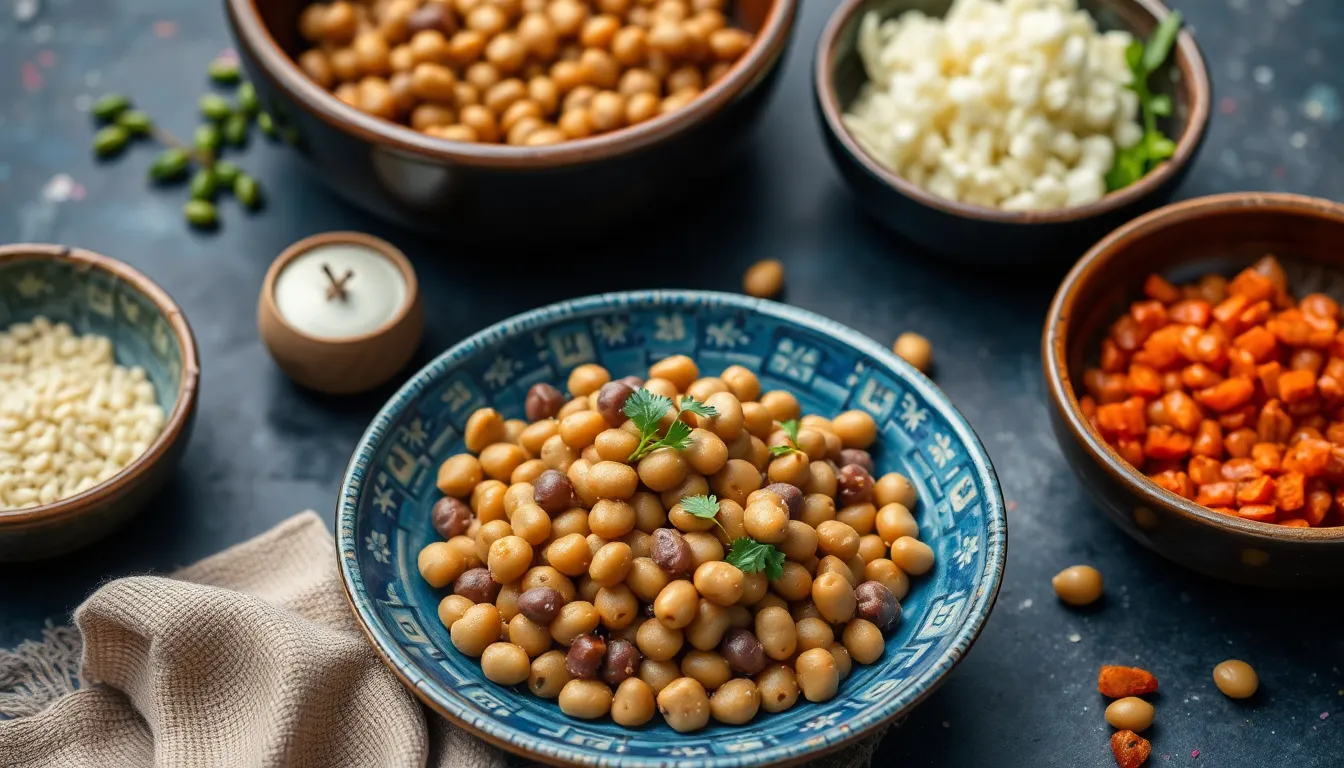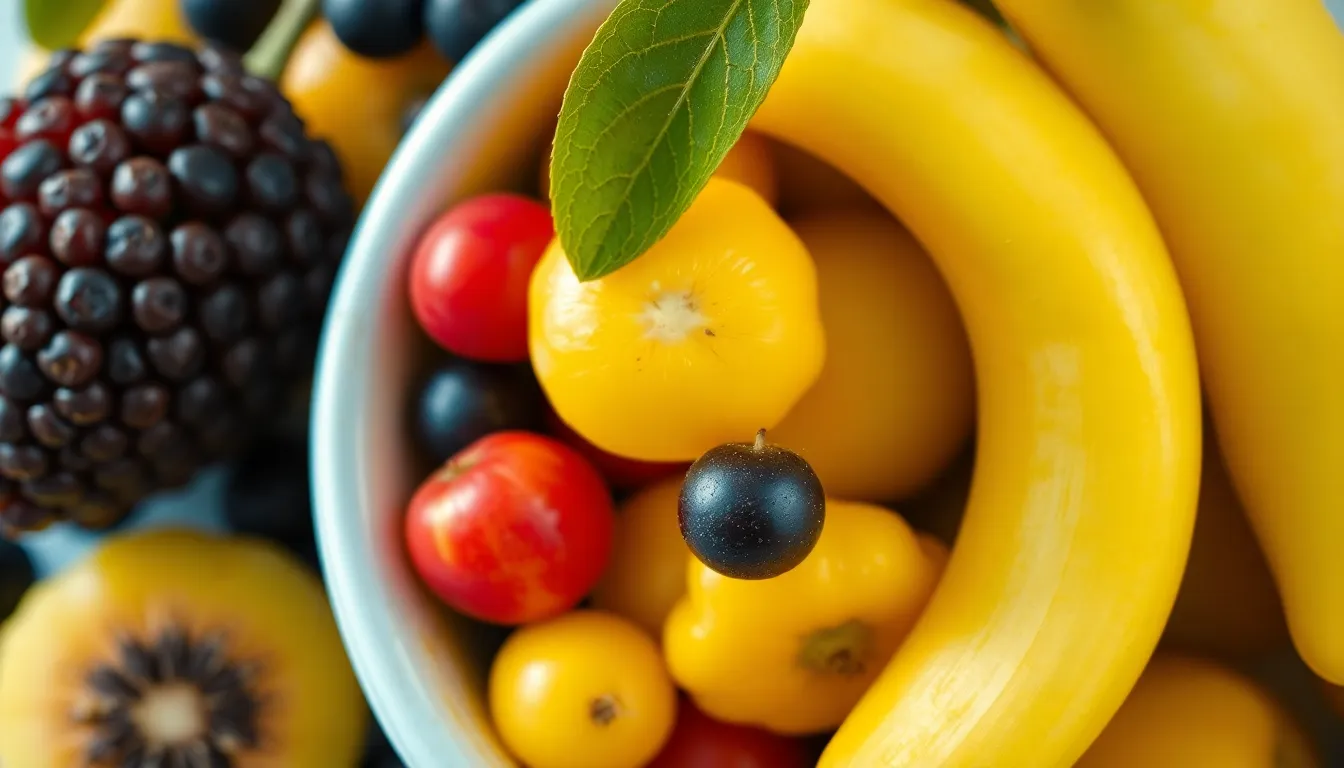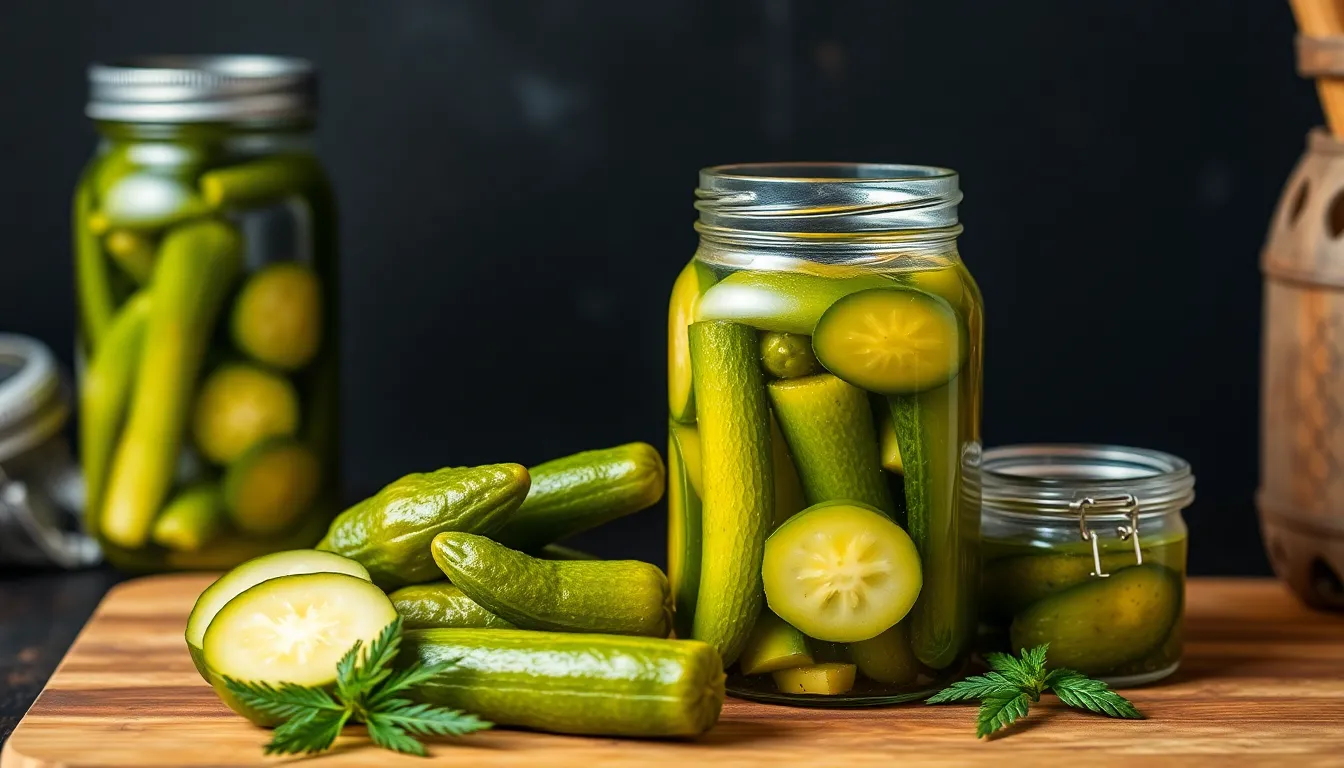How to Cook with Black-eyed Peas: Recipes to Try
Introduction
Black-eyed peas, often synonymous with Southern cuisine, hold a special place in many culinary traditions around the world. Not only are they delicious, but they also pack an impressive nutritional punch. Rich in protein, fiber, and essential vitamins, black-eyed peas are a versatile ingredient that can elevate any dish.
In this article, we aim to inspire you to incorporate black-eyed peas into your cooking. Whether you’re a seasoned chef or a kitchen novice, you’ll find useful tips, delicious recipes, and creative ways to enjoy this nutritious legume.
Section 1: Understanding Black-eyed Peas
So, what exactly are black-eyed peas? They are a type of legume with a distinctive black spot on one side, giving them their name. They belong to the cowpea family and are known for their creamy texture and earthy flavor.
Types of Black-eyed Peas
- Regular Black-eyed Peas: These are the most commonly found variety in grocery stores. They have a slightly nutty taste and a firm texture.
- Organic Black-eyed Peas: Grown without synthetic fertilizers or pesticides, organic black-eyed peas are a great option for health-conscious consumers.
Nutritional Profile
Black-eyed peas are not only tasty but also offer a myriad of health benefits:
- Protein: Approximately 13 grams per cooked cup, making them an excellent plant-based protein source.
- Fiber: About 11 grams per cup, aiding in digestion and promoting a feeling of fullness.
- Vitamins: High in folate, vitamin A, and vitamin C, essential for overall health.
Storage Tips
Knowing how to properly store black-eyed peas can help to maintain their freshness and nutritional value:
- Dried Black-eyed Peas: Store in an airtight container in a cool, dry place. They can last for up to a year.
- Canned Black-eyed Peas: Keep in a cool, dark place, and consume by the expiration date on the can. Once opened, store in the refrigerator and eat within 3-5 days.
Section 2: Basic Cooking Techniques
Cooking black-eyed peas is easy once you understand the basic techniques. Here’s how to prepare both dried and canned varieties:
How to Prepare Dried Black-eyed Peas
Soaking Methods: Soaking helps to reduce cooking time.
- Overnight Soak: Place dried peas in a large bowl and cover with water. Let them soak for 8-12 hours.
- Quick Soak: Boil peas in water for 2 minutes, remove from heat, cover, and let stand for 1 hour.
Cooking Instructions:
- Stovetop: After soaking, drain and rinse. Place peas in a pot with fresh water, bring to a boil, and simmer for 30-40 minutes.
- Pressure Cooker: Add soaked peas and water to the pressure cooker. Cook on high pressure for about 10 minutes.
- Slow Cooker: Combine soaked peas with water and cook on low for 6-8 hours.
How to Use Canned Black-eyed Peas
- Rinsing and Draining: Always rinse and drain canned peas to reduce sodium content.
- Quick Cooking Tips: Canned peas can be added directly to dishes and heated through in about 10-15 minutes.
Cooking Time Comparison
| Method | Preparation Time | Cooking Time |
|---|---|---|
| Soaked Dried Peas | 8-12 hours | 30-40 minutes |
| Quick Soak Dried Peas | 1 hour | 30-40 minutes |
| Canned Peas | 5 minutes | 10-15 minutes |
Section 3: Delicious Black-eyed Pea Recipes
Recipe 1: Southern Black-eyed Pea Salad
Ingredients:
- 1 can black-eyed peas, drained and rinsed
- 1 cup diced tomatoes
- 1/2 cup chopped red onion
- 1/4 cup fresh parsley, chopped
- 2 tablespoons olive oil
- 1 tablespoon apple cider vinegar
- Salt and pepper to taste
Instructions:
- In a large bowl, combine black-eyed peas, tomatoes, onion, and parsley.
- In a small bowl, whisk together olive oil, vinegar, salt, and pepper.
- Pour the dressing over the salad and toss gently to combine.
- Let sit for 10 minutes before serving to allow flavors to meld.
Tips & Variations:
- Add avocado for creaminess.
- Include bell peppers for extra crunch.
Recipe 2: Spicy Black-eyed Pea Soup
Ingredients:
- 1 cup dried black-eyed peas, soaked
- 1 onion, chopped
- 2 cloves garlic, minced
- 1 carrot, diced
- 1 celery stalk, diced
- 4 cups vegetable broth
- 1 teaspoon cayenne pepper
- Salt and pepper to taste
Instructions:
- In a large pot, sauté onion, garlic, carrot, and celery until soft.
- Add soaked black-eyed peas, broth, cayenne, salt, and pepper.
- Bring to a boil, then reduce heat and simmer for 45 minutes or until peas are tender.
- Blend with an immersion blender for a creamy texture or serve as is.
Tips & Variations:
- Add diced tomatoes for acidity.
- Top with fresh cilantro before serving.
Recipe 3: Black-eyed Pea Curry
Ingredients:
- 1 can black-eyed peas, drained and rinsed
- 1 onion, diced
- 2 cloves garlic, minced
- 1 inch ginger, minced
- 1 can coconut milk
- 2 tablespoons curry powder
- Salt to taste
Instructions:
- Sauté onion, garlic, and ginger in a pan until fragrant.
- Add curry powder and cook for another minute.
- Stir in black-eyed peas and coconut milk, then simmer for 20 minutes.
- Serve with rice or naan.
Tips & Variations:
- Add spinach or kale for added nutrients.
- Garnish with fresh lime juice for brightness.
Recipe 4: Black-eyed Pea Fritters
Ingredients:
- 1 cup black-eyed peas, cooked
- 1/2 cup cornmeal
- 1/4 cup flour
- 1 egg
- 1/2 cup green onions, chopped
- Salt and pepper to taste
Instructions:
- In a bowl, mash the black-eyed peas, then stir in cornmeal, flour, egg, green onions, salt, and pepper.
- Heat oil in a skillet over medium heat.
- Drop spoonfuls of the mixture into the skillet and flatten them slightly.
- Cook for 3-4 minutes on each side until golden brown.
Tips & Variations:
- Serve with a yogurt or avocado dip.
- Add spices like cumin or paprika for additional flavor.
Section 4: Creative Ways to Incorporate Black-eyed Peas
Black-eyed peas are incredibly versatile and can be easily added to various dishes:
- Salads: Toss cooked peas into salads for added texture and nutrition.
- Stir-fries and Casseroles: Mix them into vegetable stir-fries or grain-based casseroles for a hearty meal.
- Dips and Spreads: Blend into dips like hummus or bean spreads for a unique twist.
- Combining with Grains: Pair them with rice or quinoa for a protein-packed dish.
Section 5: Conclusion
Black-eyed peas are more than just an ingredient; they are a culinary canvas waiting for your creativity. From salads to soups, these legumes can enhance your meals while providing numerous health benefits. We encourage you to experiment with different recipes and techniques to discover your favorites.
Have you cooked with black-eyed peas before? Share your experiences or favorite recipes in the comments below. Happy cooking!




